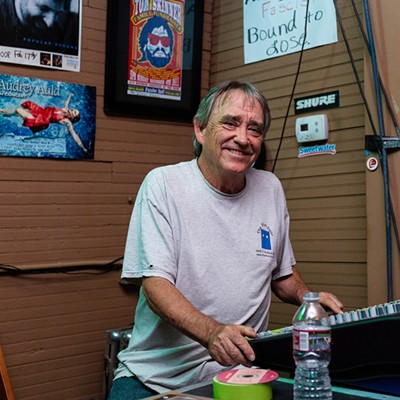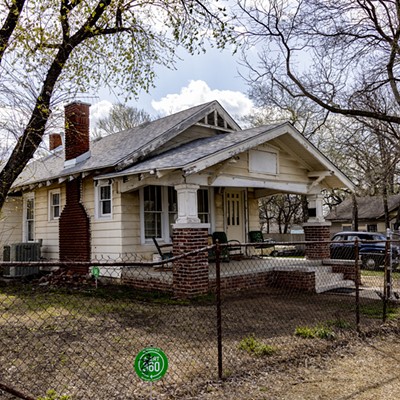Practitioners of meditation claim they can get that feel-good state without fatty food, alcohol or a pricey trip. The idea that you can get peace wherever you are, without spending a dime, is pretty foreign in our stressed-out, maxed-out culture.
In our fast-paced world, asking ourselves not just to slow down, but to sit still without thinking, worrying or planning, can feel like a Herculean task. But the rewards far outweigh the initial discomfort of de-cluttering our minds.
The roots of meditation run deep, traveling back to ancient times. According to meditationcenter.com, primitive hunter-gatherer societies may have reached altered states of consciousness while staring into the fire. Indian texts called “tantras” described meditation techniques 5,000 years ago.
You will move into a state of being closer to the “source” than you imagined was possible.
—Matthew Williamson
Circa 500 B.C., Buddha became a major meditation icon, and cultures and countries quickly adopted their own meditation techniques. And by the mid- 20th century, it gained popularity in the United States, both in yoga practices and by researchers.
While for some, meditation is tied to a religious practice, it is widely viewed as a spiritual practice with the purpose of self-awakening, also called “self-realization.” The benefits include peace of mind and being free of negative emotions, but it’s also touted for bringing health benefits, such as lower blood pressure, slower heart rate and muscle relaxation.
Matthew Williamson, the CEO of the OKC-based Clevyr, has been meditating in earnest since 2005 and sits in mediation for an hour each day. His preferred method is known as Tonglen, which is the Tibetan word for “giving and taking.”
“It is a Tibetan Buddhist practice in which the meditator takes upon him or herself the suffering of the focus of the practice with the in-breath and upon the out-breath releases happiness and the end of suffering to all sentient beings. It is not a beginning meditative practice, but it is beautiful,” Williamson said.
He credits meditation for giving him “a sense of oneness, a calm that pervades (my) mind and soul. I still have emotion, and anger can still arise, but once I recognize it, I can allow it to pass over me quickly.”
He added that meditation also allows him to better handle others’ emotions.
Noel Manes found meditation through her practice in yoga. The owner of Namaste Yoga in OKC, Manes has been practicing yoga for 17 years and teaching yoga for 10. She meditates daily outside of her classes, anywhere between five minutes and an hour, but tries to sit for at least 20 minutes.
“I focus on breathing, then focus on letting go of all conscious thoughts filling my mind,” Manes said. “I’m listening to my intuition, which comes from my higher power, which is divine love, and then seeing that in everything.”
Manes believes meditation helps you become less reactive to situations and said she has let go of a lot of fear and anxiety. “I can still my mind and be more comfortable in my own skin and not allow myself to be impacted by what others are doing.”
Formerly afraid of large crowds due to a past trauma, Manes said now she can go into those situations with a better outlook. “I realize it’s not what’s around me, but what’s in my mind and what I’m reacting to.”
Williamson said he’s now able to meditate while mowing, riding his bike, running, working and especially writing. He recommends for beginners to commit to doing it for a month. “You will not see changes in your reality right away,” he said, “but gradually over time, you will move into a state of being that is more natural and closer to the ‘source’ than you could have imagined was possible.”
Ready for some om of your own?
There are four basic elements involved in most meditative techniques: a quiet place to meditate, a comfortable or poised posture, an object to focus on and a passive attitude. If you have kids, consider meditating before they awake, whether that’s in your favorite chair or on your patio to the sound of chirping birds.
Buddha Mind Monastery, 5916 S. Anderson, offers free meditation classes, supported only by donations. The classes are taught by Shifu Jian-Mao, the abbess of the monastery. For a meditation schedule, go to ctbuddhamind.org.
As En Vogue sang, “Free your mind, and the rest will follow.”
Photo by Mark Hancock










